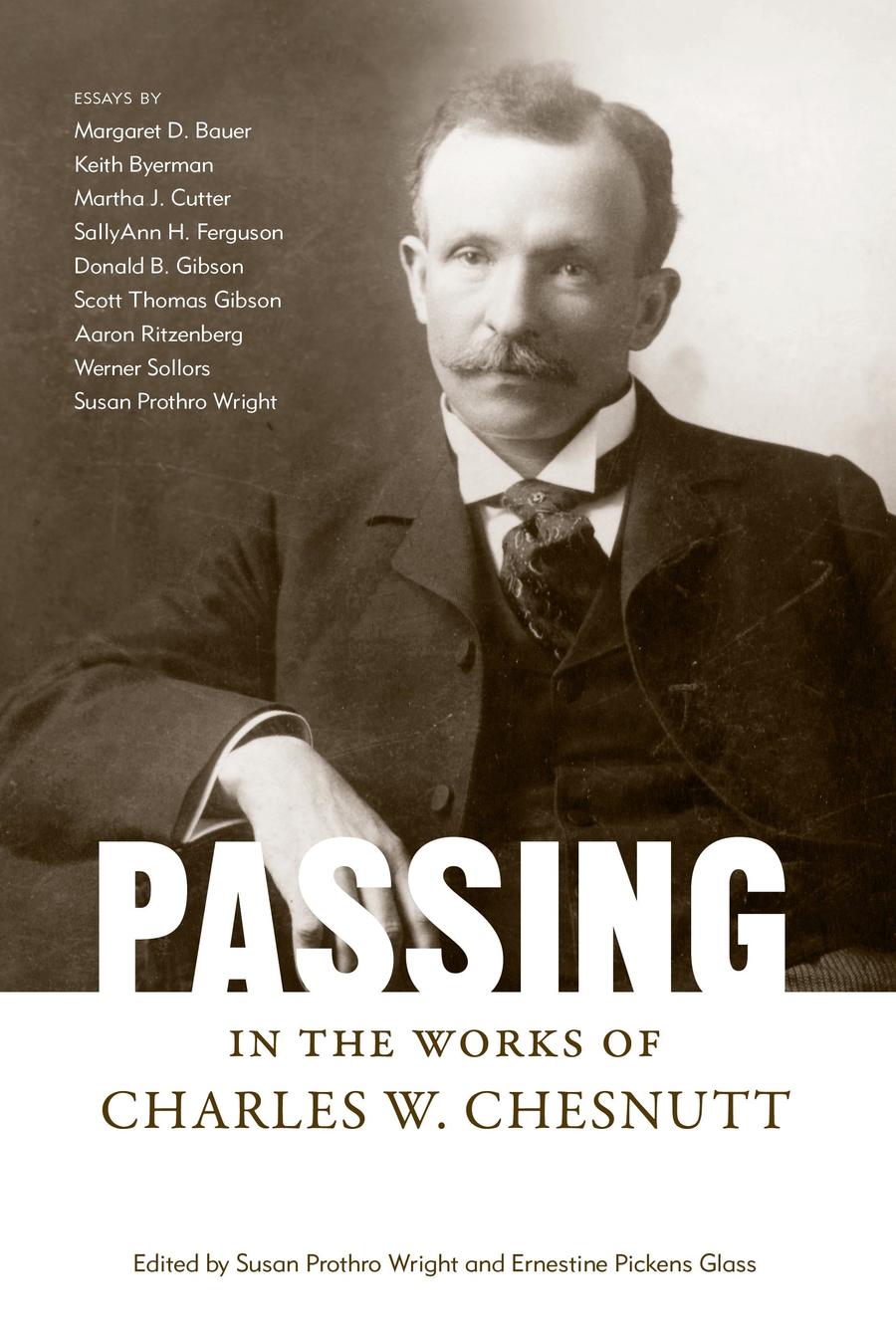No Exit: Mixed-Race Characters and the Racial Binary in Charles Chesnutt and Ernest J. GainesPosted in Articles, Literary/Artistic Criticism, Media Archive, Passing, United States on 2017-07-11 01:14Z by Steven |
No Exit: Mixed-Race Characters and the Racial Binary in Charles Chesnutt and Ernest J. Gaines
Studies in the Literary Imagination
Volume 49, Number 1, Summer 2016
pages 33-48
DOI: 10.1353/sli.2016.0003
Keith Byerman, Professor
Department of English
Indiana State University
While Ernest J. Gaines has generally emphasized the importance of white writers rather than black ones in his career, he shares with Charles Chesnutt an interest in the role of mixed-race characters in narrative. Repeatedly in his brief fiction-writing career, Chesnutt engaged with both the passing tradition and the status of those who were marked as black though they clearly had white ancestry. Similarly, Gaines, in both novels and short stories, depicted the social and racial pressures on light-skinned characters.1 The focus of this essay will be on narratives of those who have been clearly labeled black regardless of ancestry. While Gaines shows little interest in stories of passing, he shares with Chesnutt a concern for Black Creoles and for those who choose or are compelled to identify as black. The texts I will be examining are Chesnutt’s Paul Marchand, F. M. C. and “The Wife of His Youth” and Gaines’s Catherine Carmier and “Bloodline.” The two novels treat Creole characters and their status within multiracial and multiethnic societies, while the two stories focus on light-skinned men and their relationships to other blacks as well as whites.
Each of these works in one way or another signifies on the tradition of the tragic mulatto/a. For example, there is no deceit or confusion on the part of the central characters about their racial category, as there is in Chesnutt’s House Behind the Cedars. Nor is there the angst of white and mulatto romance such as we see between Robert and Mary Agnes in The Autobiography of Miss Jane Pittman. Instead, we find a free man of color who turns out to be white, a “black” man who has the arrogance and racial superiority of his white father, a family of Black Creoles who are the only members of the community who define themselves as different from blacks, and a light-skinned man who at the end of the story may or may not identify with his black past.
Both authors, in effect, depict complex performances of race along the socially constructed boundary that constitutes the color line. Thus, each of them rejects straightforward ideas of essentialism, but does so in the context of his particular historical moment. For Chesnutt, this moment of the late nineteenth and early twentieth centuries is the time of retrenchment in civil rights, white racial terrorism, and the development of a racial “science” that sought to give a biological, social, and anthropological basis for essentialist thinking and policies. Gaines’s moment came at the high point of the civil right movement, with the emergence of black nationalism and a reversed claim of essentialism that asserted black moral superiority. Thus, it can be argued that each writer uses mixed-race characters to subvert fixed notions of race while acknowledging the power of such notions in shaping the lives of their characters.
It is also worth noting that all four works involve some moral violation that extends beyond white supremacy (which both writers see as a fixed aspect of the societies they depict) and the violations of black women’s bodies that produced the mixed-race characters that are their subjects. Thus, the texts create an implicit link between such figures and the moral failure that is the nation’s racial ideology.
In “The Wife of His Youth,” Chesnutt can be seen as critiquing if not satirizing the pretensions of northern, middle-class, light-skinned blacks. It is worth noting that this is Chesnutt’s own social category, so the story may be read as self-criticism. The central character, Mr. Ryder, has become the leader of the Blue Vein Society, so called because its members are assumed to be light enough to have visibly blue veins. While the group denies such an exclusionary requirement, Ryder himself, though slightly darker than others, establishes a standard:
“I have no race prejudice,” he would say, “but we people of mixed blood are ground between the upper and the nether millstone. Our fate lies between absorption by the white race…
